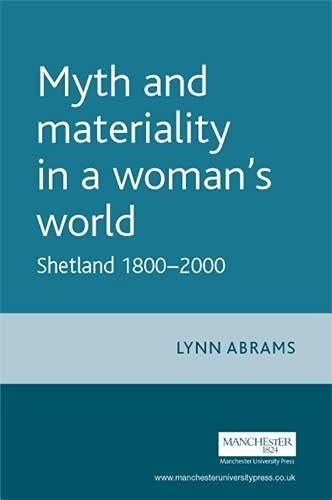
Myth and materiality in a woman’s world Shetland 1800–2000
Shetland has a history unique in Europe, for over the past two centuries it was a place where women dominated the family, economy, and the cultural imagination. Women ran households and crofts without men. They maintained families and communities because men were absent. And they constructed in their minds an identity of themselves as 'liberated' long before organised feminism was invented. And yet, Shetland is a place which was made by the most masculine of societies - those of the Picts, Scots and above all the Vikings - and its contemporary identity still draws on the heroic exploits and sagas of medieval Norsemen. This book examines how against this tradition Shetland became a female place, and offers answers as to how, in this most isolated island community, the inhabitants transgressed and reversed their traditional gender roles. Reconstructing this 'woman's world' from fragments of cultural experience captured in written and oral sources, this book will appeal to scholars in the fields of social and cultural history, social anthropology, gender and women's studies.